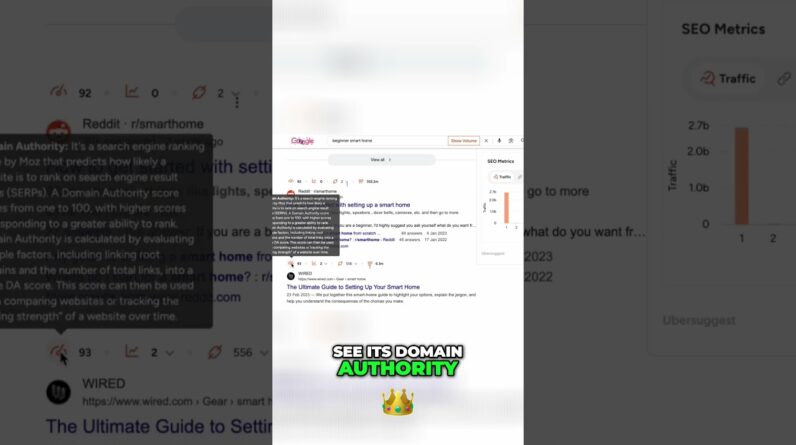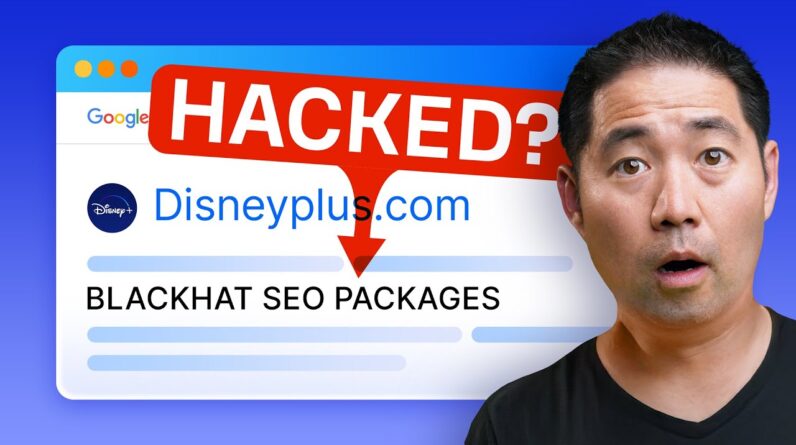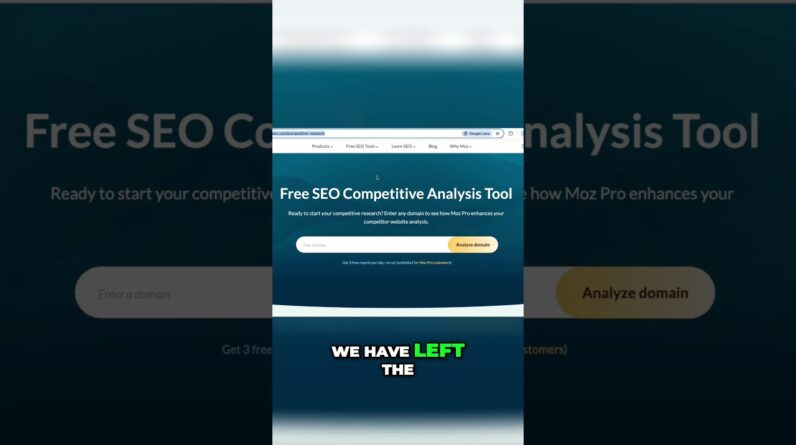
As I eagerly stepped into the event venue, the buzz of excitement was palpable in the air. Hosting the much-anticipated Digital Marketers Speed Dating event, I knew that the evening ahead was filled with endless opportunities for networking and forging valuable connections in the world of digital marketing. Welcome to an evening dedicated to sparking new ideas, collaborations, and friendships within the dynamic realm of digital marketing! #digitalmarketing #marketing #marketingdigital
Digital Marketers Speed Dating
Introduction
Hey there, fellow marketers! Have you ever felt like digital marketing is a lot like speed dating? It’s all about making a lasting impression in a short amount of time, standing out from the crowd, and finding the perfect match for your brand. In this article, I’ll be diving into the exciting world of digital marketing and exploring the differences between organic and paid strategies. So grab a cup of coffee, sit back, and let’s get started!
Organic vs. Paid Marketing: The Showdown
When it comes to digital marketing, there are two main players in the game: organic and paid strategies. Each approach has its own set of benefits and drawbacks, and understanding the differences between the two is crucial for developing a successful marketing plan.
Benefits of Organic Marketing
- Building Trust: Organic marketing helps in building trust with your audience as it relies on creating valuable, engaging content that resonates with potential customers.
- Cost-Effective: Unlike paid strategies, organic marketing doesn’t require a hefty budget, making it a cost-effective option for businesses of all sizes.
- Long-Term Results: Organic marketing efforts can lead to long-term results, as quality content continues to drive traffic and conversions over time.
Drawbacks of Organic Marketing
- Slow Results: Organic marketing often takes time to show results, requiring patience and consistency in content creation.
- Limited Reach: Without paid promotions, organic content may have a limited reach, making it harder to attract new audiences quickly.
- Algorithm Changes: Changes in search engine algorithms or social media platforms can affect organic reach, impacting your visibility online.
Leveraging Paid Marketing Campaigns
Paid marketing campaigns offer a more direct and immediate approach to reaching your target audience. While they come with a price tag, the advantages they bring to the table are worth considering.
Advantages of Paid Marketing Campaigns
- Targeted Reach: Paid campaigns allow you to target specific demographics, interests, and behaviors, ensuring your message reaches the right audience.
- Quick Results: Unlike organic strategies, paid campaigns deliver quick results, making them ideal for time-sensitive promotions or product launches.
- Scalability: With paid marketing, you have the flexibility to scale your campaigns up or down based on performance, maximizing your return on investment.
Integrating Organic and Paid Strategies
To get the best of both worlds, many marketers are opting for a hybrid approach that combines organic and paid marketing tactics. By strategically integrating these strategies, you can amplify your reach and engagement while maximizing your resources.
- Content Amplification: Boost the reach of your organic content by promoting it through paid channels for increased visibility.
- Remarketing Campaigns: Use paid ads to retarget customers who have interacted with your organic content, converting leads into sales.
- A/B Testing: Experiment with different organic and paid strategies to identify what works best for your audience and refine your marketing efforts.
The Cost of Marketing: Organic vs. Paid
When it comes to budgeting for digital marketing, understanding the costs associated with organic and paid strategies is essential. While organic marketing may be budget-friendly, paid campaigns offer a more immediate impact for a price.
- Organic Marketing: Costs include content creation, SEO optimization, and social media management, requiring time and effort for sustained growth.
- Paid Marketing: Expenses can vary based on platforms, ad formats, and targeting options, with costs ranging from pay-per-click to display ads and sponsored content.
Real-Life Examples of Success
Looking for inspiration? Here are a few examples of successful organic marketing campaigns that have made a splash in the digital world:
- Dove’s Campaign for Real Beauty: By promoting body positivity and self-acceptance, Dove’s organic campaigns have resonated with audiences worldwide.
- Old Spice’s “The Man Your Man Could Smell Like”: This humorous and engaging campaign went viral, showcasing the power of creative storytelling in marketing.
Choosing the Right Approach
So, which marketing approach is right for you? The answer lies in understanding your target audience, goals, and resources to develop a strategy that aligns with your brand’s objectives. Whether you opt for organic, paid, or a mix of both, the key is to stay consistent, track your results, and adapt to the ever-evolving digital landscape.
Conclusion
In the fast-paced world of digital marketing, staying ahead of the curve requires a blend of creativity, strategy, and adaptability. By exploring the nuances of organic and paid marketing, leveraging their strengths, and integrating them effectively, you can elevate your brand’s visibility and drive meaningful results in the digital sphere.
FAQs
- How can I measure the success of my organic marketing efforts?
- What are the key metrics to track in paid marketing campaigns?
- Is it possible to transition from organic to paid marketing seamlessly?
- What role do social media influencers play in organic and paid strategies?
- How can small businesses balance budget constraints with digital marketing needs?






